
Become a member
Join today and help protect nature, beauty and history – for everyone, for ever. Enjoy access to more than 500 places with National Trust membership.
Birthplace of Bishop William Morgan.
Penmachno, Betws-y-Coed, Conwy, LL25 0HJ

| Asset | Opening time |
|---|---|
| Farmhouse | Closed |
| Llyfrgell (library) | Closed |
| Garden and grounds | Open all day |
| Countryside | Dawn - Dusk |
Access to collection in the Llyfrgell (library) is only available when farmhouse is open.
Suitable for groups by prior arrangement.
Main car park 500 yards from farmhouse. Limited accessible parking 20 yards from Farmhouse.
Dogs are welcome on a lead around the grounds.
Picnic benches on site.
Toilets are only open when farmhouse is open. See opening times.
Car park 500 yards, limited accessible parking 20 yards. Grounds uneven with grass and flagstones.
The grounds are partly accessible, with some uneven paths. Level access from accessible car park to the grounds of the house.
Narrow doorways inside the house.
Picnic benches available.
The grounds are partly accessible, with some uneven paths.
Make the most of your visit by getting the latest updates on what's happening at Tŷ Mawr Wybrnant this year - from our exhibition room to a series of exciting monthly open days.

On the first Sunday of the month from around April to September, Tŷ Mawr holds special open day events which explore various different themes - from folklore to music and from history to interactive walks.
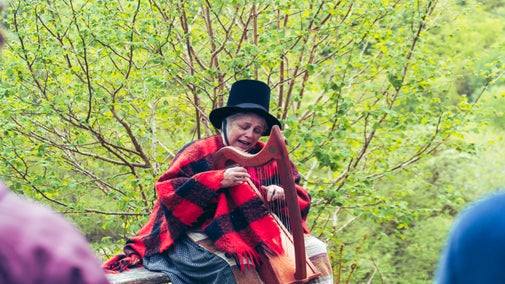
Explore the Tudor garden, with many different plants providing the house with food, medicine and air fresheners.
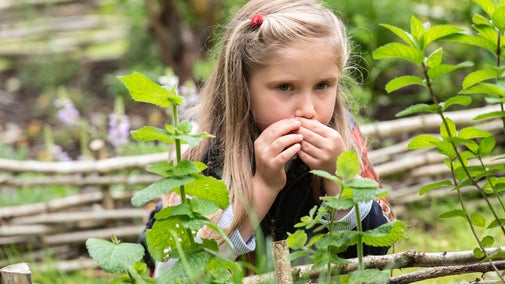
Learn about an important chapter in the history of the Welsh language whilst exploring the grounds of Tŷ Mawr Wybrnant and wider Cwm Wybrnant valley with your dog.
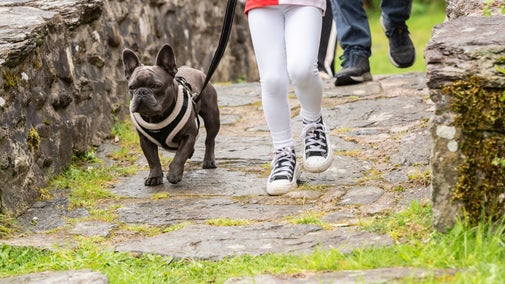
A 16th-century farmhouse and birthplace of William Morgan, the Bishop responsible for translating the Bible into Welsh.
An original copy the 1588 Welsh Bible can be seen in the farmhouse when open.
This newly re-vamped space includes a reading pod where you can explore the collection of hundreds of Bibles in various languages.
Simple lawned garden with picnic benches, a stone footbridge and stream, with paths exploring part of the old drovers road.
Make the most of your visit by getting the latest updates on what's happening at Tŷ Mawr Wybrnant this year - from our exhibition room to a series of exciting monthly open days.

On the first Sunday of the month from around April to September, Tŷ Mawr holds special open day events which explore various different themes - from folklore to music and from history to interactive walks.

Enjoy a 5-mile walk through the history of upland Wales, taking in rivers, farmland, ancient woodland and views toward Snowdon.

An easy circular walk through upland farmland which is rich in wildlife habitats, and passing historically significant buildings in Conwy.


A cosy stone built cottage in the heart of Eryri (Snowdonia), in the shadow of Tryfan, perfect for adventurers and walkers.

A rustic but restored cottage with walks from the front door.
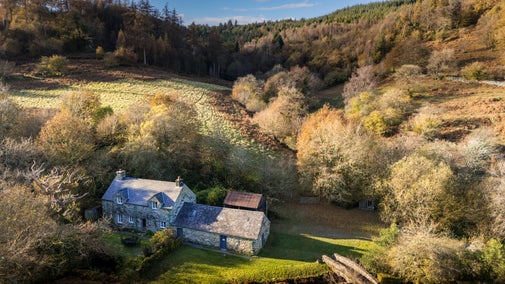
This cosy stone-built farmhouse in the heart of the Eryri (Snowdonia) National Park is the perfect spot for a peaceful retreat.
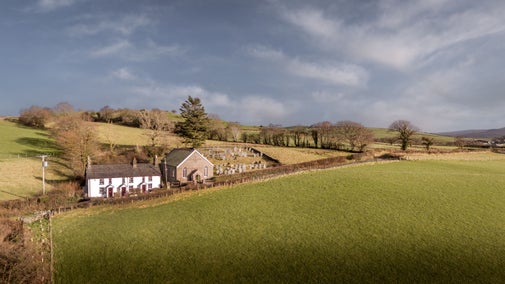
On the Ysbyty Estate, this traditional Welsh terraced cottage has mountain views.

On the Ysbyty Estate, this traditional Welsh terraced cottage has mountain views.

On a working farm, this renovated cottage is the perfect countryside spot for exploring Eryri (Snowdonia).
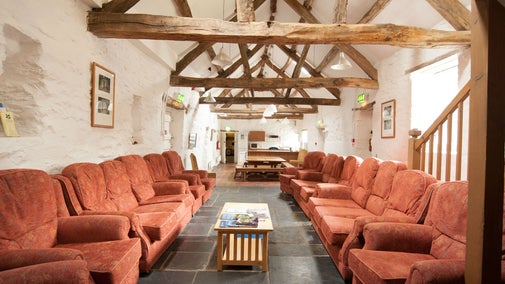
This restored farm building is perfectly placed for a group stay in Eryri (Snowdonia), with plenty of room to gather at the end of the day.
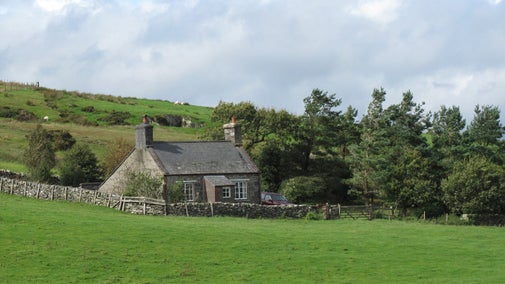
Disconnect from urban life in this remote cottage with views for miles.
Sorry, there are no upcoming events at this place
Today the Wybrnant valley is a quiet and remote place, yet it holds great significance to the history and culture of Wales. The farmhouse was the birthplace of Bishop William Morgan, the first person to translate the whole Bible into Welsh, thus ensuring the survival of the language.
Learn more about Bishop William Morgan, the translator of the Bible into Welsh.

Learn more about the origins of Tŷ Mawr Wybrnant which is nestled in the tranquil Wyrbnant valley.
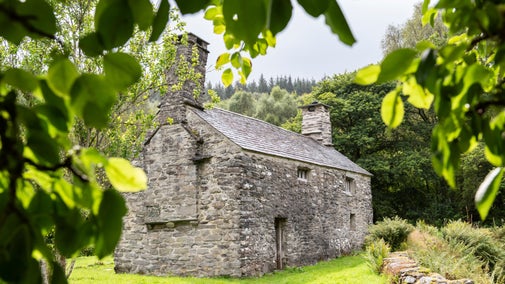
National Trust Cymru team up with local schools to celebrate an old treasure through young voices and creating new interpretation at Tŷ Mawr Wybrnant.

With a view to further enhancing the visitor experience, the Elizabethan garden is now being restored by local volunteers with the support of National Trust staff which will provide another focal point for visitors.
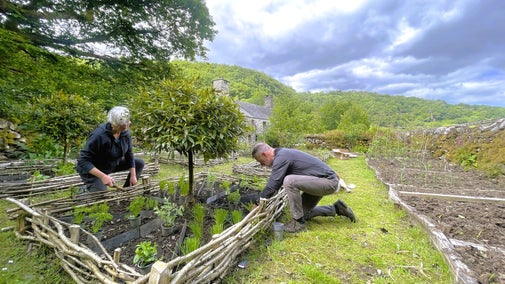
Find out how we are dealing with the threats posed by flooding and humidity with the use of a renewable energy system at Tŷ Mawr Wybrnant in Conwy.
National Trust Cymru is proud to unveil ‘Not Lost in Translation’, a nationally significant exhibition hosted at the Senedd from 5 September to 30 October that celebrates Welsh language, culture, and legacy.
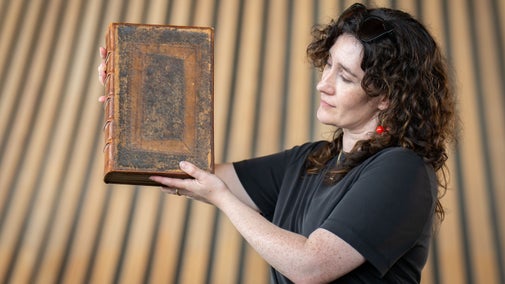
National Trust Cymru have showcased exciting new additions at Tŷ Mawr Wybrnant aimed at enhancing the overall visitor experience at the historic site.
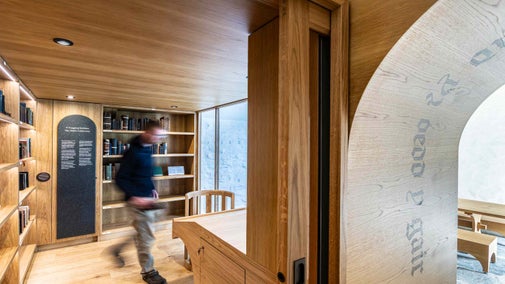
The nearly £150,000 funding from the Wolfson Foundation, gifts from Welsh charitable trusts including the Vronhaul Charity and Gaynor Cemlyn-Jones Trust as well as significant investment from National Trust Cymru will help to protect, celebrate and share Tŷ Mawr for everyone, for ever.


Join today and help protect nature, beauty and history – for everyone, for ever. Enjoy access to more than 500 places with National Trust membership.
By sharing your email address you’re agreeing to receive marketing emails from the National Trust and confirm you’re 18 years old or over. Please see our for more information on how we look after your personal data.